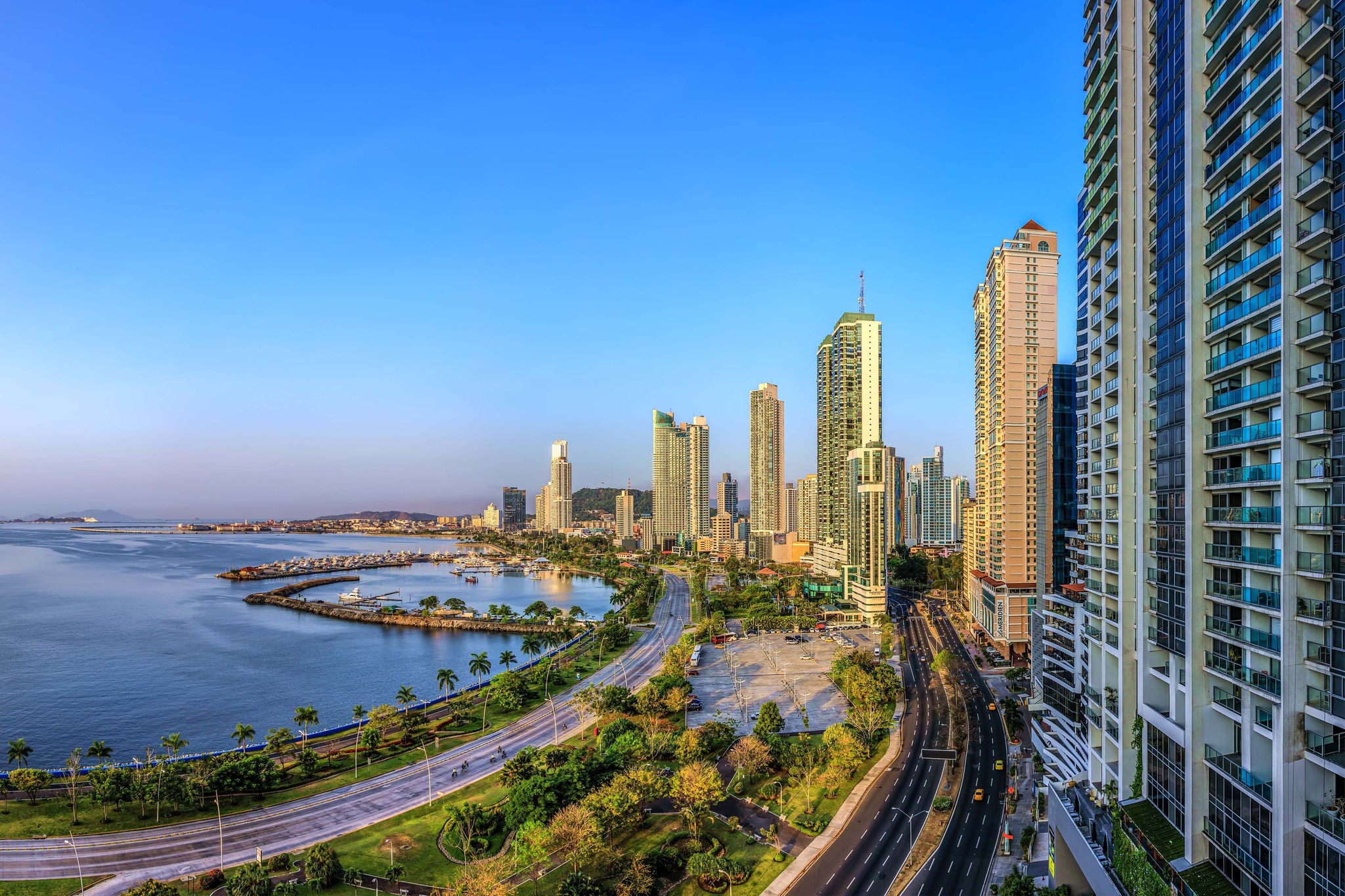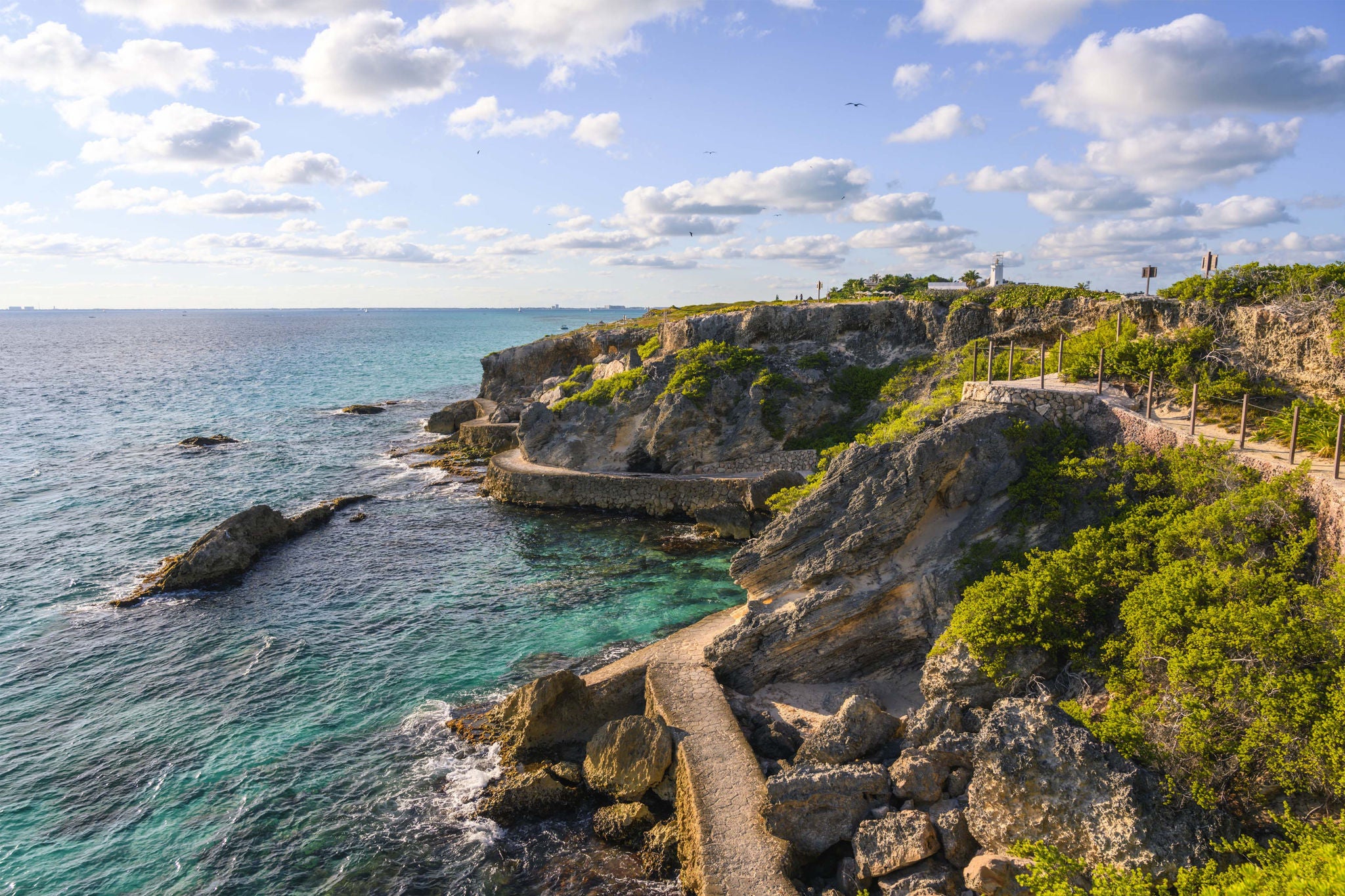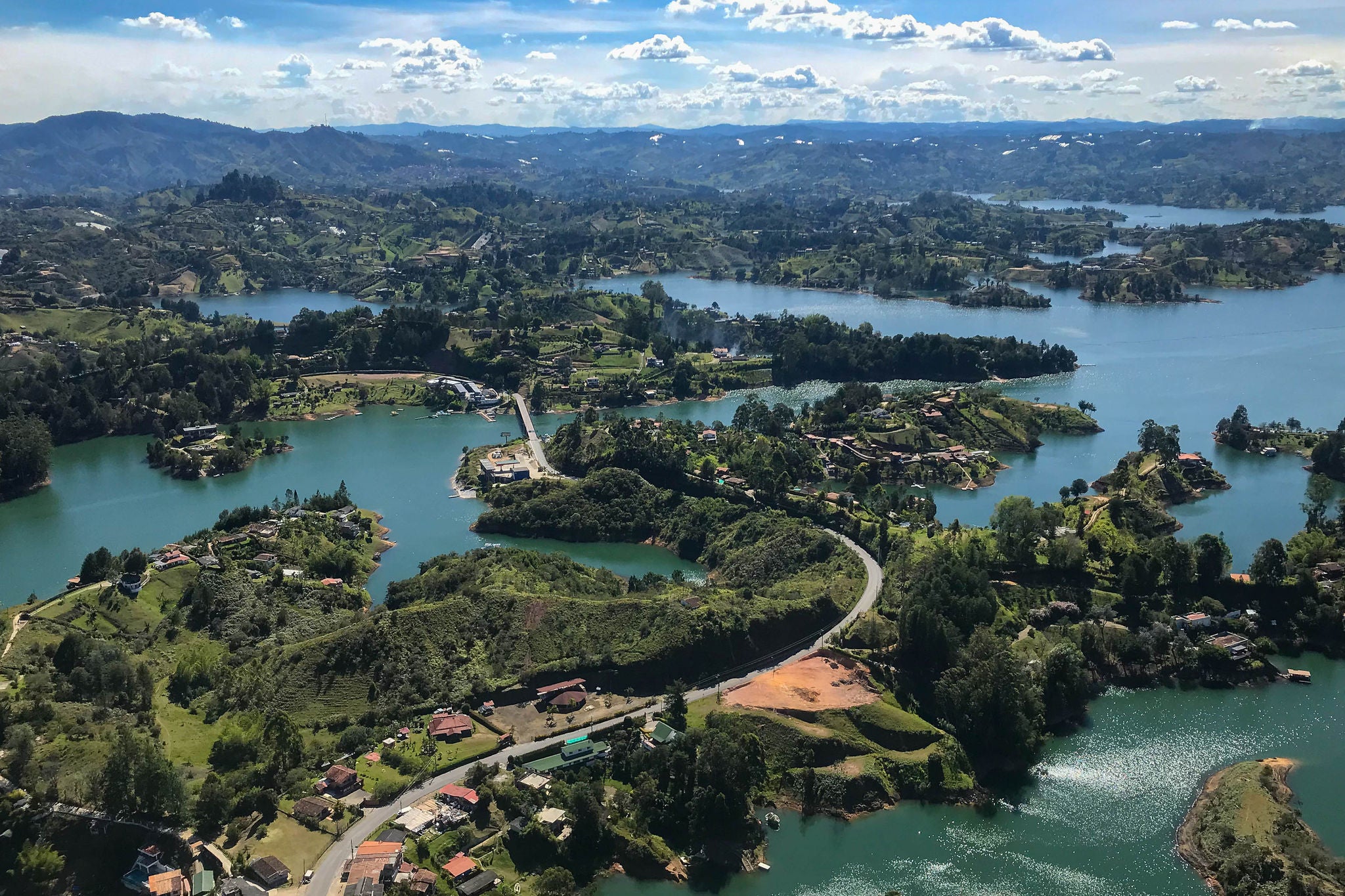Overview
When it comes to locating business in the Americas, North America – with huge markets in Canada, Mexico and the US – has long been the center of gravity.
Beyond its vast consumer market, the US alone boasts an incredibly diverse workforce – from highly skilled individuals in science, engineering and advanced manufacturing, to competitively priced unskilled labor in parts of the southeast and southwest. Its research and development (R&D) provision is compelling too, with a wealth of cutting-edge business and research establishments, as well as world-leading intellectual property (IP) security.
While the US continues to attract investment from the likes of Japan, Germany, the UK, France, Switzerland and Israel, it seems that Brazilian and Indian companies have also been increasingly locating there in recent years. South Korea appears to have increased its US investments too, especially in the chemicals and batteries sectors. However, the range of investment opportunities in the US stretches much further. “On the West Coast, R&D centers around the tech of Silicon Valley, as well as aerospace and defense,” says Craig Frabotta, EY Americas Global Incentives, Innovation and Location Services Co-Leader. “On the East Coast, it’s life sciences and pharma. The Midwest focuses on automotive and consumer product manufacturing, while Louisiana and Texas draw a lot of interest in chemicals, thanks to their favorable environmental laws and labor clusters.”
Yet there are caveats to the US’s appeal – many other jurisdictions can offer companies far lower operating, labor and tax costs. This leaves the US heavily reliant on incentives at the federal, state and local levels to spur job creation and capital investment. But the US isn’t just in competition with other countries, its internal landscape is hugely competitive too.
“American states are forced to battle each other for the most lucrative business, as are cities within each state,” says Frabotta. “This helps sow a rich and complex field of incentives.”
Canada provides a similarly diverse range of opportunities. As well as boasting historic strength in commodities – with its deep reserves of oil, natural gas and shale – agriculture remains very appealing, while Toronto is proving a strong alternative financial center to the US. Canada also boasts a wealth of top-tier universities and training programs, with some of the world’s largest companies headquartered there, driving innovation.
“Any company with a focus on FinTech, for example, will enjoy Canada’s highly qualified and skilled workforce,” says Frabotta.
Then there’s Mexico. With its proximity to the US and cheap land widely available, not to mention a workforce that’s both well qualified and comparatively low cost, the country has historically appealed to large-scale manufacturers from Japan, China and Korea, as well as the US. Around 89% of Mexico’s exports go to the US[3], and with its access to its northerly neighbors reinforced by 2020’s United States-Mexico-Canada Agreement (USMCA), it remains an attractive location.
What the region offers
Incentives overview
While discretionary incentives do exist in the US at the federal level ($3.5 billion-$4 billion of discretionary credits are allocated annually), most are administered at state and local government levels – in the form of property tax abatements, cash grants, refundable jobs tax credits or wage subsidies, utility rebates and sales tax abatements to name a few. Cities also run their own economic development funds. Companies seeking to make a US presence more viable should therefore look to combine federal, state and local incentives.
In Canada, the most significant discretionary benefit is the Strategic Innovation Fund, designed to support large-scale, transformative and collaborative projects that strengthen Canada’s position in the knowledge economy – encouraging business innovation and growth, and strengthening networks. Companies may receive anywhere up to 50% of the overall cost of a project in the form of a forgivable loan or low-interest financing, or another form decided by the provincial powers.
Where companies seeking incentives in the US can expect to sit at the negotiating table and thrash out agreeable terms, Canada’s process is more formal.
“Companies are required to make an application before they proceed with their project and incur the capital investment. The authorities will review the application in order to objectively “score” the submission, which limits some of the subjectivity that normally applies to discretionary incentives,” says Smith. “And while it may be deemed more straight-forward in applying for Canadian incentives than for US programs, their benefits are perhaps less compelling in comparison.”
Canada also offers a range of incentives at the provincial level, from tax credits to training grants.
In Mexico, meanwhile, changes to the discretionary incentives picture have left it looking decidedly less enticing. “Under President Obrador, the country has moved away from providing discretionary federal incentives,” says Smith. “Discretionary state subsidies do exist, including cash grants or wage subsidies for projects that create jobs and involve capex investment, but they are under increased scrutiny for a variety of reasons. As a result, discretionary incentives in Mexico are no longer as strong as they once were.”
R&D incentives
The US offers a dizzying range of R&D incentives, targeting innovation in everything from jet engines and toothbrushes to the next wave in social media platforms.
At the federal level, the R&D credit amounts to 5%-10% of the company’s spend. Companies can also deduct their R&D expenses – so for every dollar spent, they can combine a deduction with a tax credit.
At the state level, meanwhile, R&D incentives come in a range of forms. Loan funds for assets used in the R&D function are common, as are tax credits. And these work alongside the federal incentives. “In California, for instance, every dollar spent on R&D can be claimed as part of the federal research credit, and also part of the California research credit,” says Frabotta.
In Canada, the Scientific Research and Experimental Development Tax (SR&ED Tax), is a long-standing, well-administered, hugely popular R&D incentive program, where companies can claim credit on activities related to new or improved product or process development. As part of the diligence process, scientists and engineers are employed to review companies’ claims.
Mexico, meanwhile, introduced an incremental R&D tax credit in 2017 (having previously offered a more generous tax credit from 2002-2008). This applies to technological R&D that represents a genuine innovation and offers a rate of 30% for any eligible R&D expenditure exceeding the average R&D expenses of the previous three years.
Claims here are also judged by a panel of experts. Tax relief is limited to MXN50 million, and the incentive can’t be combined with other tax incentives. But unused credits can be carried forward over 10 years.
Sustainability incentives
The US offers a number of federal incentive programs to encourage sustainable investment, including tax credits for wind, solar and combined heat and power. Companies may qualify for 10%-25% tax credits for the cost of their investment.
At the state and local level, meanwhile, incentives vary dramatically. Utility companies in states like California and Colorado offer rebates for the installation of energy-efficient lighting and adoption of renewables. Others, including Maryland and Nevada, also offer significant green building incentives. Funds are available at federal and state levels for the greening of fleets. And this provision is only set to expand further.
“The Biden administration is placing great emphasis on sustainability incentives for energy efficiency, renewable energy, green manufacturing, vehicle decarbonization and other carbon mitigation,” says Paul Naumoff, EY Americas Global Incentives, Innovation and Location Services Co-Leader and EY Global Sustainability Tax Leader. “State and local governments are adopting similar measures to the ones we’re seeing proposed at the federal level.”
Canada also offers a number of incentives for sustainability initiatives – ranging from energy efficiency to renewable energy as well as investments in clean transportation. These programs are available across the federal, provincial and local or utility levels. The federal government also offers funding to support projects that reduce emissions and create jobs in sustainable fields.
“These funding mechanisms are expected to become more important as governments make commitments toward net-zero emissions,” says Akshay Honnatti, EY US Sustainability Tax Leader. “This is also expected to be accompanied with an increase in the price of emissions through existing and new carbon taxes and emission trading systems.”
Mexico's Income Tax Law, meanwhile, grants tax benefits for renewable energy investment and the acquisition of relevant equipment. The country offers other sustainability incentives, including clean energy certificates, which are similar to renewable energy credits in the US. But these have been rendered less effective by policy decisions by the current government.











